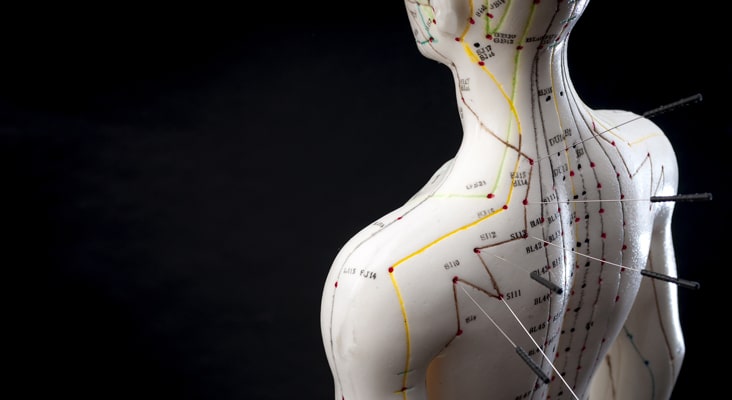Up Your Knowledge on Preventing Musculoskeletal Disorders
The maintenance of musculoskeletal health, through proper ergonomics, is critical to practicing clinicians. Read on to evaluate how much you know about this important facet of dental hygiene and the evidence surrounding it.

There is a plethora of research conducted on preventing or mitigating musculoskeletal disorders among clinicians.
 PredragImages / iStock / Getty Images Plus
PredragImages / iStock / Getty Images Plus
Although there is general agreement on the existence of risk factors for musculoskeletal disorders among dental hygienists and other oral health professionals, there is little consensus on measures to prevent or manage them.
 maroke/ iStock / Getty Images Plus
maroke/ iStock / Getty Images Plus
Some ergonomic measures, such as loupes, are widely seen as beneficial to ergonomic practice; however, if used incorrectly, these can contribute to the very musculoskeletal disorders they were aimed at addressing.
 wjenningsphotography/ iStock / Getty Images Plus
wjenningsphotography/ iStock / Getty Images Plus
There is little need for longitudinal studies and standardized research techniques that might improve clinical practice recommendations regarding ergonomic interventions.
 Creative-Touch/iStock / Getty Images Plus
Creative-Touch/iStock / Getty Images Plus
The use of instruments with wide-diameter and lightweight handles during dental hygiene procedures may be helpful in reducing musculoskeletal disorder risk.
 geckophotos/iStock / Getty Images Plus
geckophotos/iStock / Getty Images Plus
Some authors have suggested that the use of loupes not only provides significant postural benefits for students, but also that loupes should be incorporated early in student’s educational experiences to facilitate the adoption of use in clinical practice.
 paylessimages/iStock / Getty Images Plus
paylessimages/iStock / Getty Images Plus
Which of the following is a prevention measure designed to reduce the risk of musculoskeletal disorders?
 Moussa81/iStock / Getty Images Plus
Moussa81/iStock / Getty Images Plus
Share your Results:


Comments are closed.